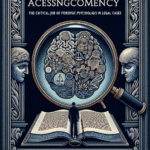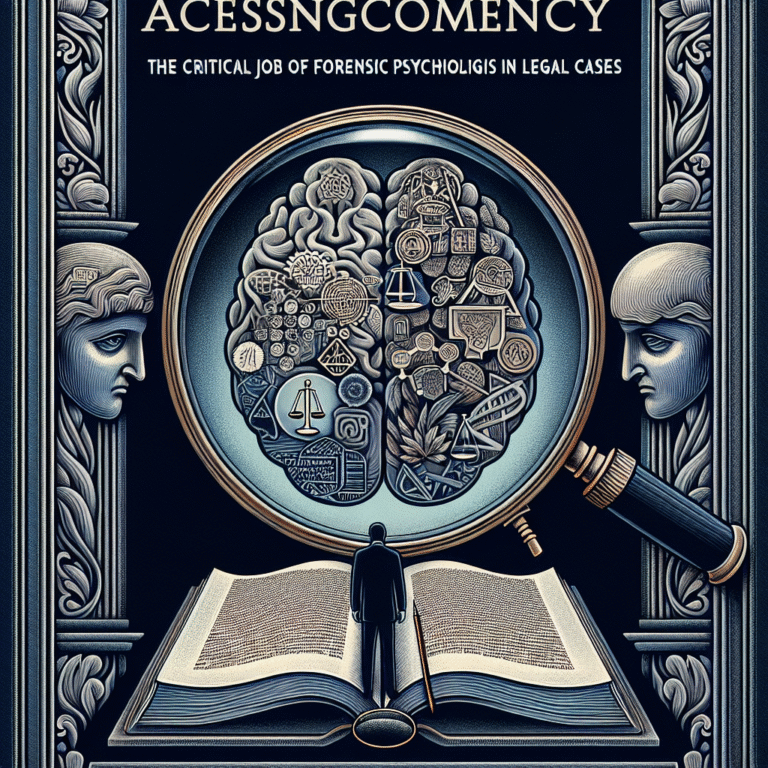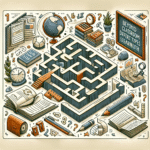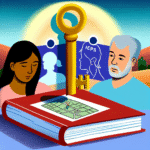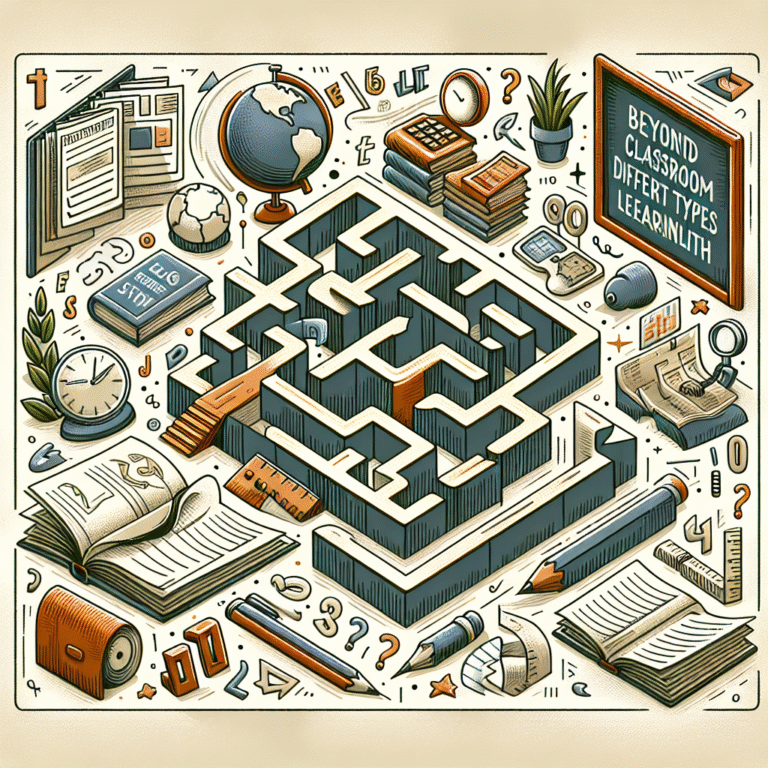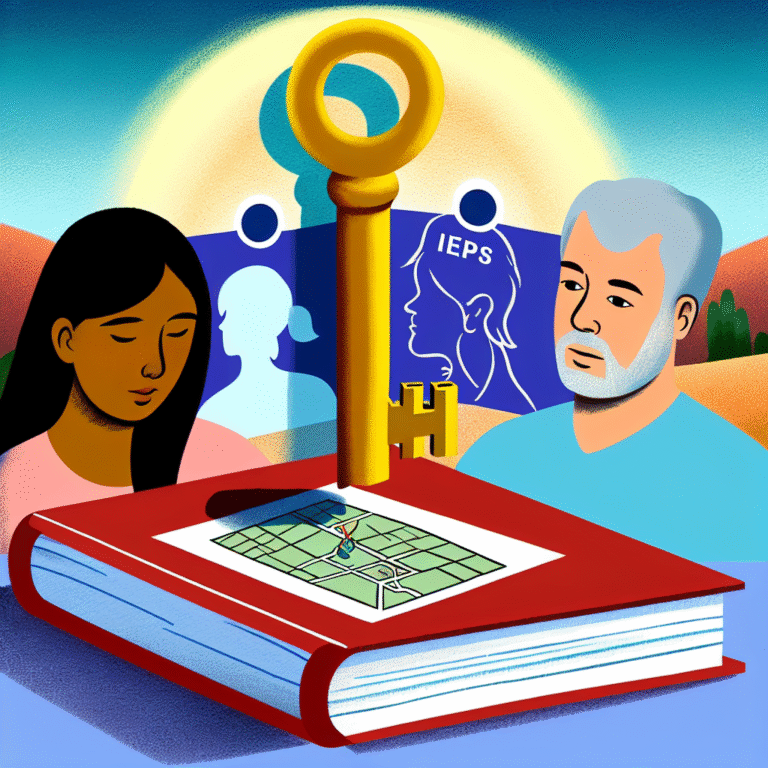
Introduction: The Heart of Design
In a world increasingly driven by technology, the challenge for engineers is not merely to create devices or systems that function but to develop solutions that resonate with users on a human level. This is where Human-Centered Design: The Psychology Behind Effective Engineering Solutions comes into play, offering a framework that emphasizes empathy, usability, and collaboration. By understanding the psychological principles that underpin user experiences, engineers can create products that not only meet functional requirements but also enhance the quality of life for their users.
Imagine a medical device that not only saves lives but also feels intuitive to use—a far cry from the often sterile and uninviting interfaces we typically associate with healthcare technology. This article explores the essential elements of Human-Centered Design, its psychological foundations, case studies that bring these concepts to life, and actionable insights for engineers looking to make a meaningful impact.
Understanding Human-Centered Design
What is Human-Centered Design?
At its core, Human-Centered Design: The Psychology Behind Effective Engineering Solutions focuses on the needs, wants, and limitations of end-users throughout the design process. It is an iterative approach that encourages continuous feedback from users, ensuring that final products align closely with their requirements.
The Psychology Behind Human-Centered Design
Human psychology plays a pivotal role in this design philosophy. Designers must consider various psychological principles, such as:
- Cognitive load: The amount of mental effort required to use a product.
- Usability: How easy and efficient it is for users to accomplish their goals.
- Emotional design: How the aesthetic aspects of a product evoke feelings and how these feelings affect user interaction.
By integrating these psychological concepts, engineers can create products that not only function well but also provide a satisfying user experience.
Case Study: The Evolution of the Smartphone Interface
Background
Smartphones have become ubiquitous, but their initial designs were often clunky and unintuitive. The introduction of user-friendly interfaces has revolutionized how we interact with technology.
Human-Centered Approach
- User Research: Companies like Apple and Samsung conducted extensive user research, employing focus groups and surveys to understand user habits and preferences.
- Prototyping: Early prototypes were user-tested to gather feedback, leading to iterative refinements that prioritized ease of use.
Results
Today’s smartphones boast intuitive touch interfaces that rely on gestures and voice commands, drastically lowering cognitive load and making technology more accessible. This case illustrates the essence of Human-Centered Design: The Psychology Behind Effective Engineering Solutions.
Key Components of Human-Centered Design
Empathy
Understanding the emotions and experiences of users is the cornerstone of Human-Centered Design. Empathy allows designers to see through the eyes of users, recognizing their struggles and pain points.
Iterative Feedback
Prototyping and user testing are essential to Human-Centered Design. By gathering feedback in multiple stages of development, engineers can refine their products to better meet user expectations.
Multidisciplinary Collaboration
Accessing insights from various fields—psychology, design, engineering, and sociology—enables a more holistic understanding of user needs. Collaboration fosters creativity and innovation.
Usability Testing
Testing products with real users allows designers to observe interaction patterns. This is critical in identifying areas for improvement, ultimately leading to enhanced user experiences.
Emotional Engagement
Emotional design approaches aim to create bonds between users and products. This is achieved through aesthetics, user-friendly interfaces, and stories that resonate with users.
Case Study: IDEO and the Design of the Shopping Cart
Background
In the 1990s, IDEO, a design and consulting firm, was tasked with redesigning the shopping cart.
The Human-Centered Process
- Empathize: IDEO team members observed users in grocery stores, noting how mothers juggled children while navigating aisles.
- Define: They identified key issues, such as theft and safety concerns.
- Ideate: The team brainstormed solutions, from built-in coolers to better organization of groceries.
- Prototype: Rapid prototyping enabled quick testing of several concepts.
- Test: Real users provided feedback, leading to further refinements.
Results
The redesigned shopping cart incorporated convenient features while addressing both usability and emotional engagement, showcasing the power of Human-Centered Design: The Psychology Behind Effective Engineering Solutions.
Practical Insights for Implementing Human-Centered Design
1. Begin with Empathy
Start projects by gathering qualitative data through interviews and observations. Understanding user pain points informs the design process.
2. Prioritize Prototyping
Invest in rapid prototyping methodologies, allowing for swift creation and testing of ideas. Conduct usability tests to capture real interactions.
3. Foster a Collaborative Environment
Encourage open communication and collaboration across different disciplines to enrich the design process. Diverse perspectives lead to more innovative solutions.
4. Focus on Emotional Design
Create aesthetically pleasing products that evoke positive emotions. Use colors, shapes, and textures that connect with users on an emotional level.
5. Continuous Improvement
Utilize feedback loops even after launch. User experiences should inform future iterations, ensuring that products evolve with the needs of users.
Chart: Key Components of Human-Centered Design
| Component | Description | Importance |
|---|---|---|
| Empathy | Understanding user emotions and challenges | Informs the design process |
| Iterative Feedback | Continuous input from users during development | Ensures alignment with user needs |
| Multidisciplinary Collaboration | Drawing insights from different fields | Enhances creativity and innovation |
| Usability Testing | Testing with actual users | Identifies real-world usability issues |
| Emotional Engagement | Creating products that connect emotionally with users | Builds loyalty and satisfaction |
Conclusion: The Future of Design is Human-Centered
As we advance into a future dominated by intelligent systems and complex technologies, the principles of Human-Centered Design: The Psychology Behind Effective Engineering Solutions will only become more critical. By ensuring empathy, usability, and emotional engagement are at the forefront of design processes, engineers can solve problems not just through technology, but through a deep understanding of human experiences.
Embracing these ideas can allow us to create solutions that not only function effectively but also enrich the lives of users and foster a more harmonious relationship between humans and technology. The call to action is clear: put users at the heart of design and reap the rewards of effective and impactful engineering.
FAQs
1. What is Human-Centered Design?
Human-Centered Design is an approach that prioritizes the needs and experiences of users throughout the design process, ensuring products are intuitive and meet real-world needs.
2. Why is empathy important in design?
Empathy is crucial because it helps designers understand users’ perspectives, leading to solutions that truly address their pain points and enhance user experiences.
3. How can I implement Human-Centered Design in my projects?
Start by gathering user feedback, creating prototypes, fostering interdisciplinary collaboration, and continuously improving based on usability testing.
4. What are some key benefits of Human-Centered Design?
Key benefits include improved user satisfaction, increased product adoption, reduced development costs through fewer iterations, and enhanced emotional connections with users.
5. Can Human-Centered Design be applied in all fields of engineering?
Yes, Human-Centered Design principles can be applied across various engineering disciplines, from software development to product design and beyond, ensuring user needs remain paramount.
By applying the insights and methodologies outlined in this article, engineers can create more effective solutions that resonate with users, ultimately shaping a more user-centric future in engineering.


